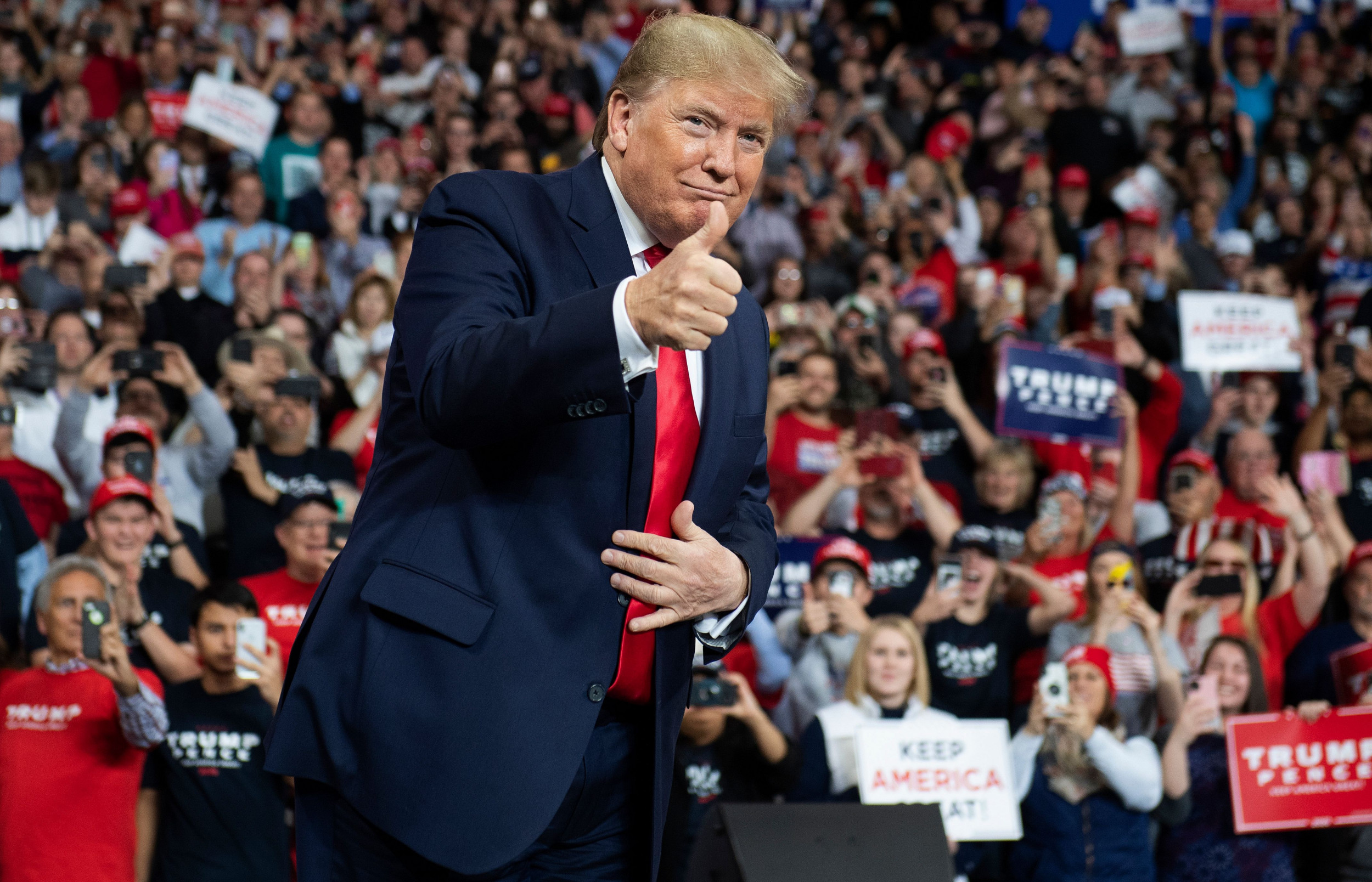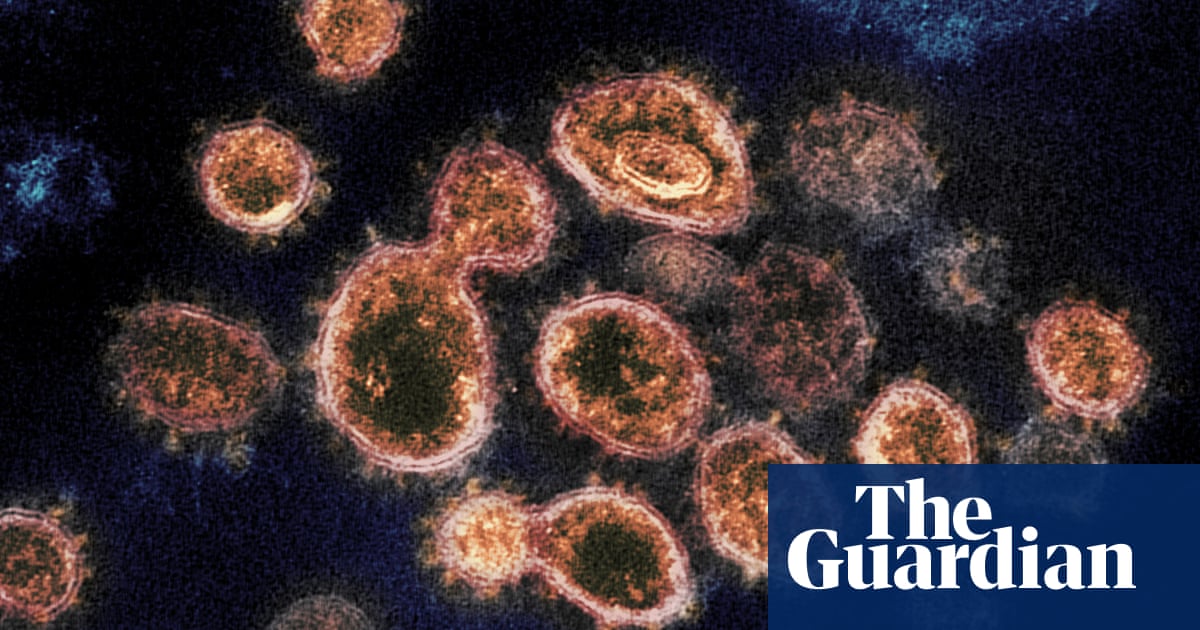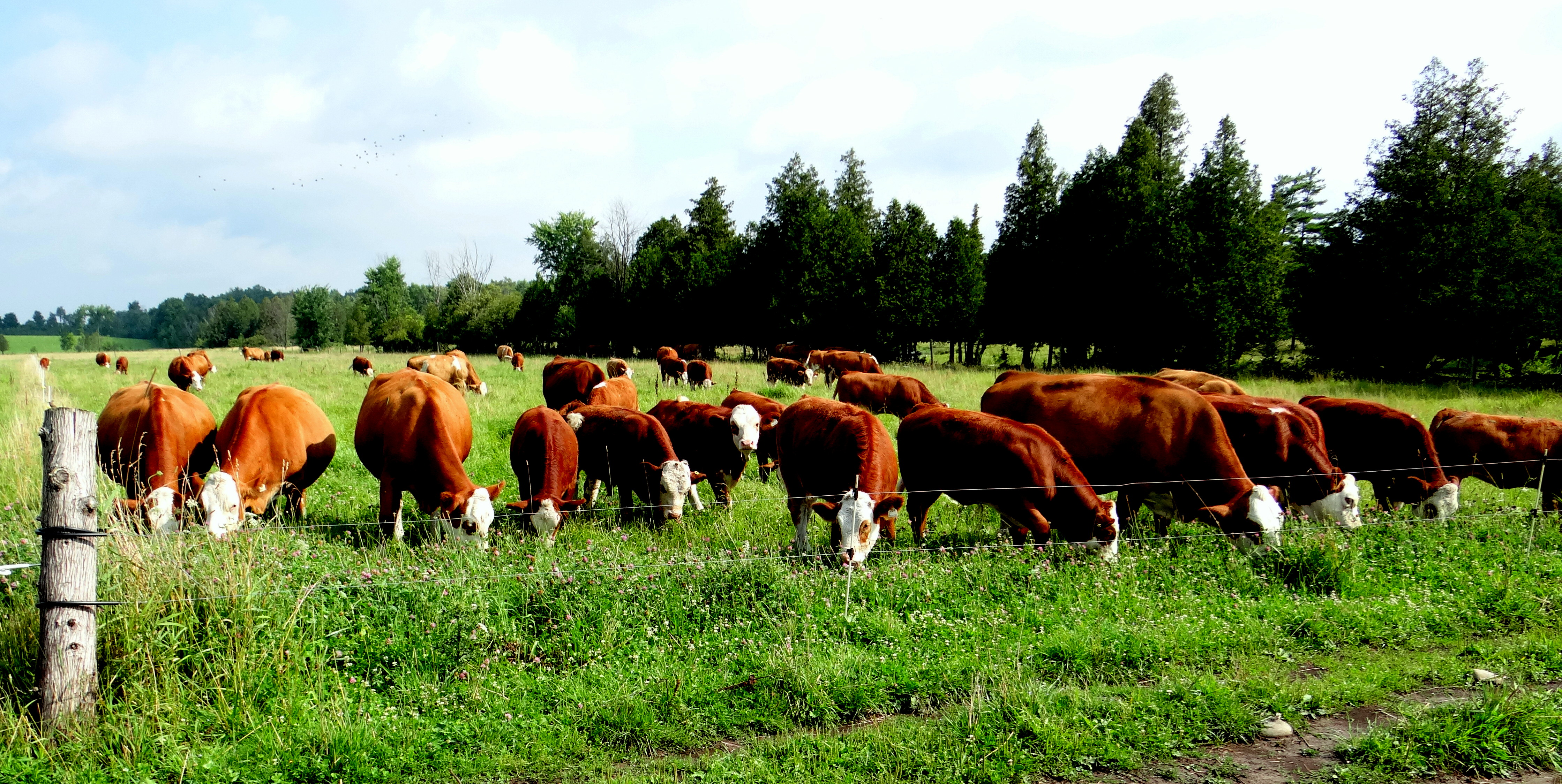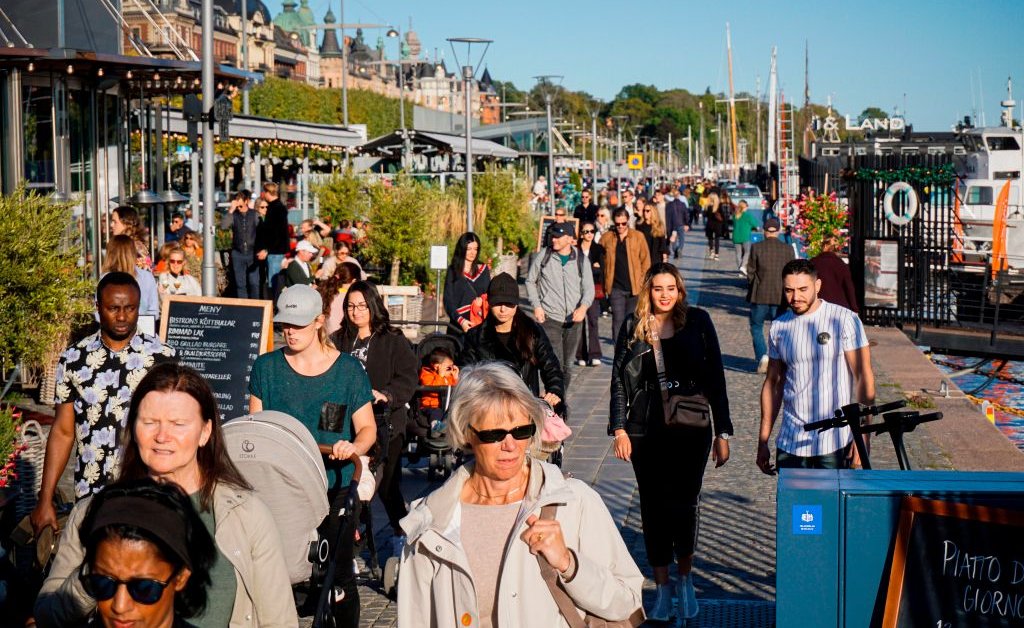Trump Covid adviser Scott Atlas pushes herd immunity
White House team member wants to protect vulnerable while letting virus run its course
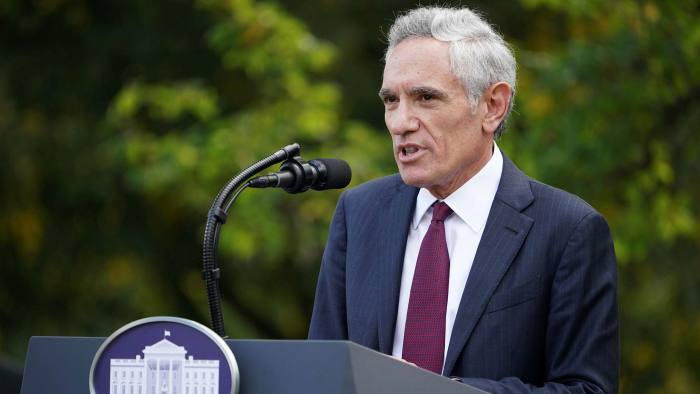
While Donald Trump is on the campaign trail, his administration’s coronavirus policy is increasingly being shaped by Scott Atlas, a neuroradiologist who has been championing a new version of the controversial “herd immunity” strategy.
The US president appointed Dr Atlas to his coronavirus task force earlier this year, and his voice has become increasingly prominent in recent weeks as other members have been sidelined. Scientists are concerned that Dr Atlas’ renewed backing of a herd immunity strategy that protects the most vulnerable while allowing the virus to run its course among the rest of the population could undermine efforts to control an incipient “winter wave”. “Mostly, he has tried to suppress or alter information from the Centers for Disease Control and Prevention (CDC), which has contributed to the loss of public confidence in the medical community,” said Barry Bloom, professor of public health at Harvard.
The White House declined to comment, while Dr Atlas did not respond to a request to do so. Coronavirus cases have been rising across the US in recent weeks, topping 50,000 a day for several days in a row for the first time since August. Scientists warn this could be the start of a “winter wave”, which will need to be contained with aggressive measures to contain the rise to prevent an exponential increase in infections.
Despite this, the White House is urging states not to impose lockdowns again. A senior administration official said earlier this week: “Lockdowns do not eliminate the virus; lockdowns are extremely harmful; and the best policy to save lives is to aggressively protect the vulnerable and open schools and society.” Officials say the most prominent voice in promoting this policy has been Dr Atlas. Unlike some others on the task force, Dr Atlas does not have a background in epidemiology, but he is known in rightwing policy circles as a former healthcare adviser to both Rudy Giuliani and Mitt Romney during their failed presidential bids.
Mr Trump appointed him to the task force after a string of appearances on Fox News during which he argued combatively against lockdowns. Even if Mr Trump loses next month’s election, he and his advisers will remain in charge of the country's coronavirus response until at least January, when the presidential inauguration will take place. In recent weeks Dr Atlas has promoted a report known as the “Great Barrington Declaration”, which calls for a public strategy of “focused protection” of the vulnerable to build up herd immunity.
The report’s findings have been undermined by studies showing that far fewer Americans have built up an immunity to Covid-19 than would be required to achieve herd immunity, and by some signs that people can be reinfected. Martin Kulldorff, one of the report’s authors, told the Financial Times he had consulted Dr Atlas about the paper before its publication, and has since met both him and Alex Azar, the US health secretary, to talk about its conclusions.
“Dr Atlas is a very important voice in terms of basic public health proposals and a strong thinker,” said Mr Kulldorff. Dr Atlas’ intervention is the latest in a series of moves that have irritated other scientific advisers within the administration. He was one of the advisers who pushed for the CDC to change its guidance so that it no longer recommended people without symptoms be tested, even if they had been in contact with someone with the virus. Those guidelines were changed back soon afterwards following widespread criticism.
Last month, Dr Atlas publicly contradicted his fellow task force members Anthony Fauci and Robert Redfield, who had told Congress earlier in the day that 90 per cent of Americans still remained susceptible to the disease. That row erupted when Robert Redfield, the director of the Centers for Disease Control and Prevention, was overheard on a flight saying: “Everything [Dr Atlas] says is false.”
Those close to the task force say the normally soft-spoken Dr Redfield has on occasion become irate at Dr Atlas, clashing particularly over the CDC testing guidance. Meanwhile, Dr Atlas’ colleagues at Stanford University have also voiced their alarm, with 78 of them signing an open letter saying: “Many of his opinions and statements run counter to established science and, by doing so, undermine public-health authorities.”
As he has faced mounting criticism, Dr Atlas has pushed back aggressively. He has retweeted criticism of Dr Fauci, accused his critics of “instilling fear”, and his lawyer has threatened to sue the signatories of the Stanford letter. His allies say these political interventions belie a thoughtful scientist who is interested mainly in following evidence, even if others in his field disagree. “Scott Atlas does not argue, he simply presents the scientific evidence,” said Paul Peterson, who like Dr Atlas is a senior fellow at the rightwing think-tank Hoover Institution.
Sally Pipes, the chief executive of the Pacific Research Institute, worked alongside Dr Atlas as adviser to Mr Giuliani in 2007. She said he was primarily motivated at that time by a libertarian dislike of Barack Obama’s healthcare reforms. “We were very concerned we might move to a single-payer system, and we wanted to stop the government running healthcare like it does in Canada,” she said.
Both Dr Atlas’ friends and critics say his libertarian views have guided his response to coronavirus. But his critics warn those views have overridden the scientific evidence. “He is a political operative with no scientific background to make recommendations that affect millions of lives,” said Mr Bloom. “It is like asking a microbiologist to read brain scans and determine who has cancer.”
 www.ft.com
www.ft.com
White House team member wants to protect vulnerable while letting virus run its course

While Donald Trump is on the campaign trail, his administration’s coronavirus policy is increasingly being shaped by Scott Atlas, a neuroradiologist who has been championing a new version of the controversial “herd immunity” strategy.
The US president appointed Dr Atlas to his coronavirus task force earlier this year, and his voice has become increasingly prominent in recent weeks as other members have been sidelined. Scientists are concerned that Dr Atlas’ renewed backing of a herd immunity strategy that protects the most vulnerable while allowing the virus to run its course among the rest of the population could undermine efforts to control an incipient “winter wave”. “Mostly, he has tried to suppress or alter information from the Centers for Disease Control and Prevention (CDC), which has contributed to the loss of public confidence in the medical community,” said Barry Bloom, professor of public health at Harvard.
The White House declined to comment, while Dr Atlas did not respond to a request to do so. Coronavirus cases have been rising across the US in recent weeks, topping 50,000 a day for several days in a row for the first time since August. Scientists warn this could be the start of a “winter wave”, which will need to be contained with aggressive measures to contain the rise to prevent an exponential increase in infections.
Despite this, the White House is urging states not to impose lockdowns again. A senior administration official said earlier this week: “Lockdowns do not eliminate the virus; lockdowns are extremely harmful; and the best policy to save lives is to aggressively protect the vulnerable and open schools and society.” Officials say the most prominent voice in promoting this policy has been Dr Atlas. Unlike some others on the task force, Dr Atlas does not have a background in epidemiology, but he is known in rightwing policy circles as a former healthcare adviser to both Rudy Giuliani and Mitt Romney during their failed presidential bids.
Mr Trump appointed him to the task force after a string of appearances on Fox News during which he argued combatively against lockdowns. Even if Mr Trump loses next month’s election, he and his advisers will remain in charge of the country's coronavirus response until at least January, when the presidential inauguration will take place. In recent weeks Dr Atlas has promoted a report known as the “Great Barrington Declaration”, which calls for a public strategy of “focused protection” of the vulnerable to build up herd immunity.
The report’s findings have been undermined by studies showing that far fewer Americans have built up an immunity to Covid-19 than would be required to achieve herd immunity, and by some signs that people can be reinfected. Martin Kulldorff, one of the report’s authors, told the Financial Times he had consulted Dr Atlas about the paper before its publication, and has since met both him and Alex Azar, the US health secretary, to talk about its conclusions.
“Dr Atlas is a very important voice in terms of basic public health proposals and a strong thinker,” said Mr Kulldorff. Dr Atlas’ intervention is the latest in a series of moves that have irritated other scientific advisers within the administration. He was one of the advisers who pushed for the CDC to change its guidance so that it no longer recommended people without symptoms be tested, even if they had been in contact with someone with the virus. Those guidelines were changed back soon afterwards following widespread criticism.
Last month, Dr Atlas publicly contradicted his fellow task force members Anthony Fauci and Robert Redfield, who had told Congress earlier in the day that 90 per cent of Americans still remained susceptible to the disease. That row erupted when Robert Redfield, the director of the Centers for Disease Control and Prevention, was overheard on a flight saying: “Everything [Dr Atlas] says is false.”
Those close to the task force say the normally soft-spoken Dr Redfield has on occasion become irate at Dr Atlas, clashing particularly over the CDC testing guidance. Meanwhile, Dr Atlas’ colleagues at Stanford University have also voiced their alarm, with 78 of them signing an open letter saying: “Many of his opinions and statements run counter to established science and, by doing so, undermine public-health authorities.”
As he has faced mounting criticism, Dr Atlas has pushed back aggressively. He has retweeted criticism of Dr Fauci, accused his critics of “instilling fear”, and his lawyer has threatened to sue the signatories of the Stanford letter. His allies say these political interventions belie a thoughtful scientist who is interested mainly in following evidence, even if others in his field disagree. “Scott Atlas does not argue, he simply presents the scientific evidence,” said Paul Peterson, who like Dr Atlas is a senior fellow at the rightwing think-tank Hoover Institution.
Sally Pipes, the chief executive of the Pacific Research Institute, worked alongside Dr Atlas as adviser to Mr Giuliani in 2007. She said he was primarily motivated at that time by a libertarian dislike of Barack Obama’s healthcare reforms. “We were very concerned we might move to a single-payer system, and we wanted to stop the government running healthcare like it does in Canada,” she said.
Both Dr Atlas’ friends and critics say his libertarian views have guided his response to coronavirus. But his critics warn those views have overridden the scientific evidence. “He is a political operative with no scientific background to make recommendations that affect millions of lives,” said Mr Bloom. “It is like asking a microbiologist to read brain scans and determine who has cancer.”
Subscribe to read | Financial Times
News, analysis and comment from the Financial Times, the worldʼs leading global business publication


